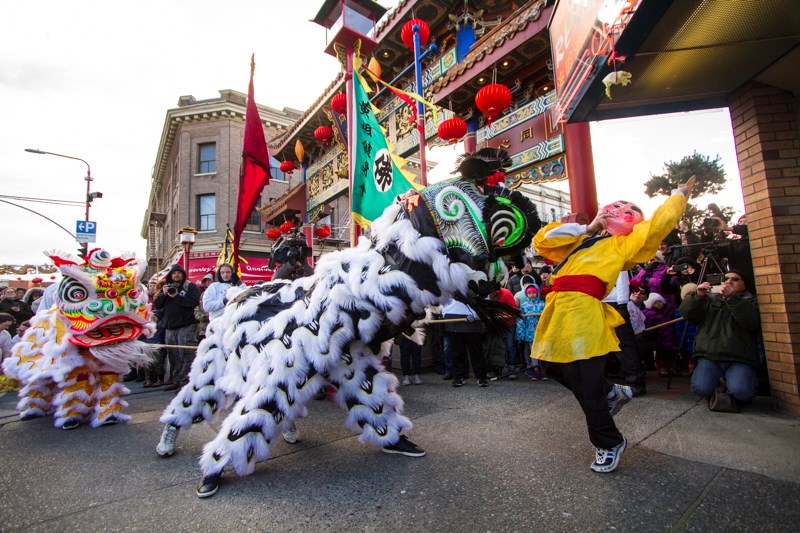The story of Victoria’s Chinatown — from the head tax and other forms of racial discrimination to resilience and economic prosperity — could soon be immortalized in a museum.
The provincial government is working with the City of Vancouver to establish a Chinese-Canadian museum in that city’s Chinatown, but it’s likely that smaller satellite museums will be established in cities across B.C., including Victoria, home to Canada’s oldest Chinatown.
“Obviously Victoria is key in all of this, as we are the oldest Chinatown in Canada and the second oldest in North America,” said Alan Lowe, a former Victoria mayor and member of the Chinese Canadian Museum working group. “Even though Vancouver has a larger Chinese community, Victoria has a lot more history.”
Chinese history in B.C. predates Confederation. Chinese immigrants first arrived in Victoria in the late 1850s, lured by the gold rush. In the 1880s, tens of thousands of Chinese men came to B.C. to work on the Canadian Pacific Railway, doing hard labour for just $1 a day.
“Many of them came to take jobs that no one wanted to do,” Lowe said. “There have been good parts of the Chinese history in Canada and there has been discrimination, the head tax and exclusion. Not all of it has been cheery, but throughout that history, the Chinese community has weathered the storm and created opportunities.”
Tourists and locals flock to Chinatown, a national historic site, to see the red lanterns, walk down Fan Tan Alley and imagine the old opium dens and illegal gambling halls.
“But if there was a museum, you will learn more of our history. You’ll learn more about the past as well as the present,” said Lowe, adding there are many Chinese war veterans living in Victoria whose stories should be documented before they are gone forever.
Victoria Coun. Charlayne Thornton-Joe has visited Chinese museums in cities such as Seattle and Melbourne, taking notes and photographs in preparation for the day when Victoria established one of its own.
Over the years, she has collected documents, old photographs, clothing and dishes from people who would have thrown the items away.
Those items tell the story “of people who came here for better opportunities for their families, the stories of people who decided to make Canada their home, and their struggles,” said Thornton-Joe, a third-generation Chinese Canadian.
Thornton-Joe said her parents weren’t given the right to vote, couldn’t swim in Crystal Pool and had to sit upstairs at the movie theatre.
“When I look at the opportunities I’ve been given today, which were paved by my parents and grandparents, I would like to see that recognized through a Chinese museum,” she said. “The history of our Chinatown is a story that needs to be told and remembered.”
In 2014, the B.C. government officially apologized to the Chinese-Canadian community for historical racist and discriminatory policies, such as denying Chinese immigrants the right to vote.
A report that accompanied the apology made a series of recommendations, which was the genesis for the Chinese museums.
The working group is gathering feedback from stakeholders and will report back to George Chow, minister of state for trade, by the spring, Lowe said.
The public can weigh in on the province’s plans for Chinese-Canadian museums by visiting engage.gov.bc.ca, which is conducting public consultation until Jan. 4. A public hearing in Victoria will take place on Jan. 26 from 1 p.m. to 5 p.m. at the Ambrosia Conference and Event Centre at 638 Fisgard St.



